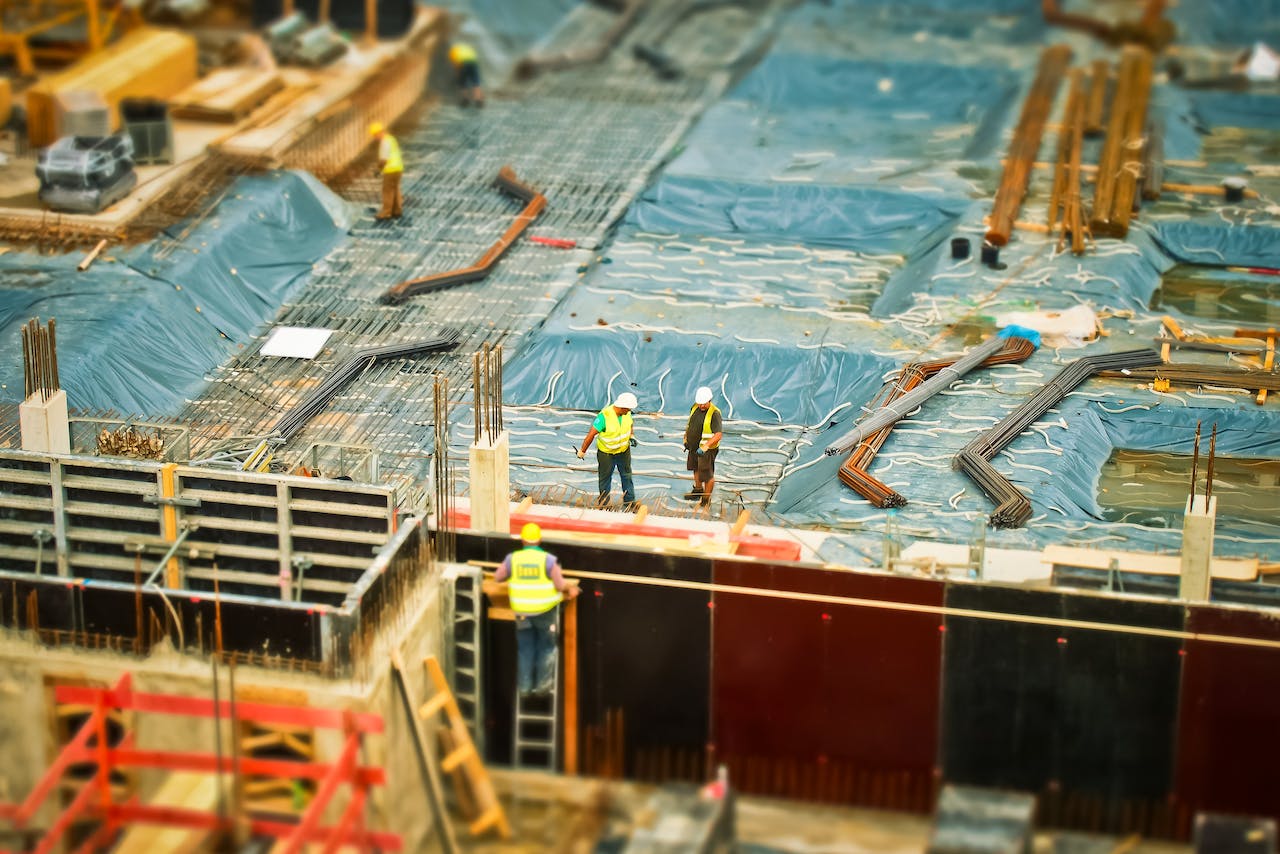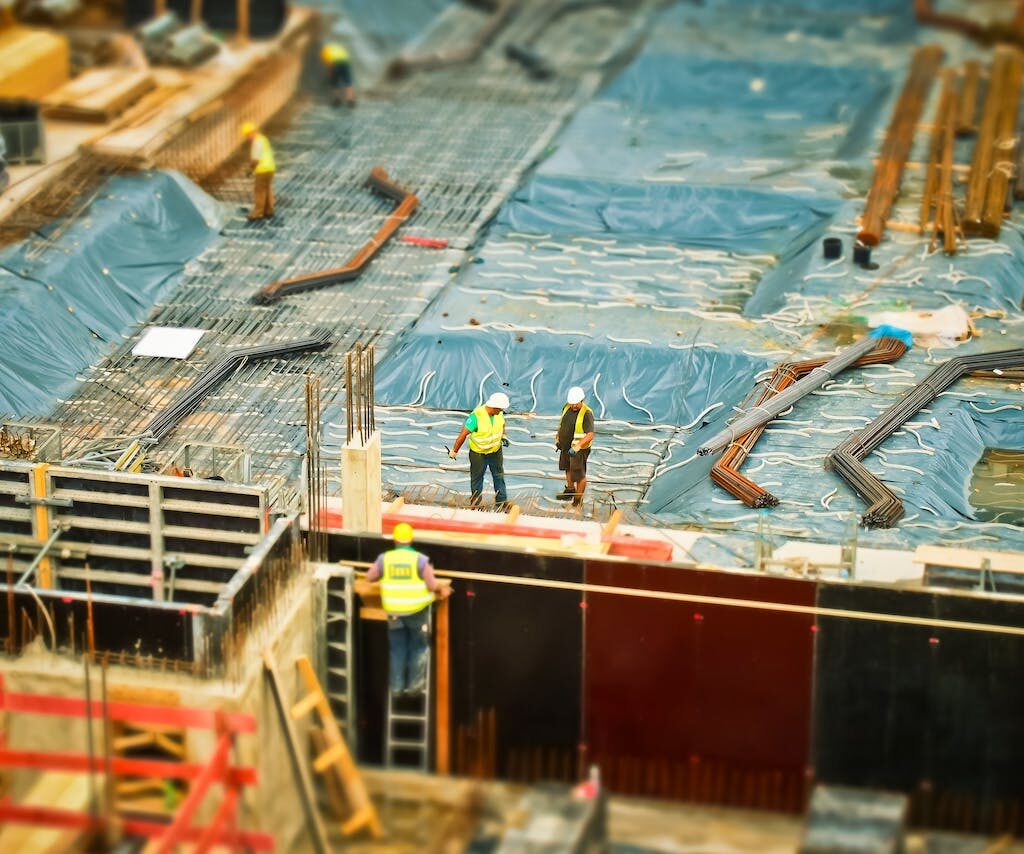Construction sites are a common sight around the world. They bustle with activity as tasks and trade come together to build structures shaping cities and societies. The construction industry forms an integral part of a country’s economic growth.
Global governments invest massive amounts in the construction sector to build infrastructure essential to human development. These buildings include public hospitals, transport hubs, and schools.
Unfortunately, the construction industry is known for its inherent risks and safety challenges. Every time workers, subcontractors, and the general public find themselves on a construction site, risk follows them.
It is essential for building contractors and clients to work together in identifying risks on-site and implement measures to reduce their impact. Failure to manage risks can result in monetary losses due to wasted time and a bad reputation.
Even worse, it can lead to the death of a worker or a member of the public. When this happens, fingers start pointing both ways as the parties involved blame each other.
Understanding liability in construction site mishaps is essential for contractors and clients. This helps mitigate overall liability in the building industry and can help both companies and clients implement strategies to reduce the risk of incidents on building sites.
Understanding the Importance of Construction Site Safety
Understanding why it is crucial to have safety measures in place on-site goes a long way in preventing injuries and death.
First, these safety measures keep the public safe. Often, new construction sites spring up in busy places like office parks and residential areas. If no safety rules exist, it may result in objects being dropped from scaffolding and injuring passers-by. Workers may slip and fall and get gravely injured because they weren’t wearing the appropriate safety gear.
When safety is taken seriously on a construction site, it minimizes the chances of this happening. Safety protocols help protect employees on site. With mitigated risk, there is less room for accidents, such as falls and crush injuries.
Compliance with safety rules also means adherence to industry regulations. The OSHA (Occupational Safety and Health Association) requires construction companies to follow specific safety standards. If they fail to comply, they will receive fines or penalties.
Occupational health and safety are non-negotiable in the construction industry. That is because the rules enforce compliance and protect lives. Implementing and adhering to the principles of OHS involves several factors, including skills, knowledge, and analytical thinking.
Mitigation Liability in the Construction Industry
The following strategies can make all the difference when it comes to safety on construction sites:
Safety Training and Education
Construction companies must invest in safety training for all site employees. This strategy includes general training on recognizing and avoiding safety hazards and wearing the correct PPE (personal protective equipment). It also includes fire safety training and emergency response protocols.
Moreover, construction workers must receive task-specific training when they work at heights, use specialized machinery, or work with toxic chemicals. Those connecting wires and doing electrical cabling must also receive specific training.
All on-site managers must receive advanced and ongoing training, such as hazard identification and safety management. They must also be able to investigate all incidents and take the appropriate action. Regular training for every site worker demonstrates a contractor’s commitment to safety, which is essential in potential liability cases.
General Training for All Employees
All employees working for a construction company should receive risk assessment and risk management training. This is because risk also exists outside of construction sites. There are safety risks in every office building. Therefore, managers must conduct regular risk assessments to evaluate and address potential hazards. Whoever leads these assessments must document them and note which control measures they implemented.
At the same time, all workers must wear the appropriate gear while at work. This includes hard hats, safety glasses, and gloves. If the owners of a construction company decide to extend their offices, everyone on the premises must wear protective clothing for the duration of the building process. This includes members of the public. And more importantly, it is not enough for company owners and managers to supply PPE in the workplace. Its use must be enforced to help avoid liability should an accident happen.
Site Security and Access Control
Risk also comes in the form of unauthorized access to construction sites. Controlling who can access the site during and after regular working hours is a key element in mitigating liability. If there is no access control, it may lead to accidents, theft, or vandalism. The onus is on construction companies and clients to implement security measures to protect the site from unknown individuals.
Regular Inspections and Maintenance
In addition to identifying hazards and keeping intruders away from construction sites, it is critical to perform regular inspections of construction equipment and structures. This will help determine potential issues before an accident happens. Required maintenance should happen immediately to address any defects.
Extensive Documentation and Records
All construction companies should maintain detailed records of all safety measures, training, and incidents. Incidents are not always preventable, even with several safety measures, so in the event of a liability claim, these records help prove due diligence.
Insurance Coverage
Along with documentation that proves training and safety measures are in place, all construction companies must invest in insurance policies to cover specific work-related risks. Insurance is a must-have to protect a business in case of an accident or other unforeseen events.
Conclusion
Furthermore, an insurance company must stay up to date with changing safety regulations and avoid non-compliance liability. Additionally, emergency response plans must be in place at all times, with safety drills conducted at regular intervals. Managers and supervisors should review and improve safety procedures based on lessons learned from past incidents and changing circumstances.
Construction site safety is a moral obligation and a legal necessity. Mitigating liability requires being proactive with training, risk assessment, and security and safety regulation compliance. By taking these necessary steps, construction companies can protect their workers, reduce accidents on-site, and keep their reputation and cash flow intact.

